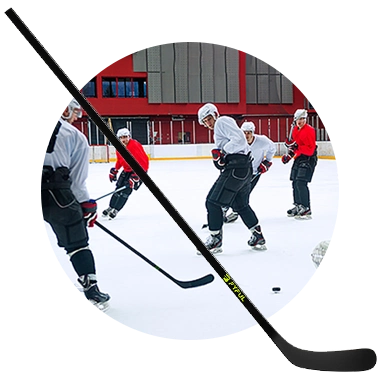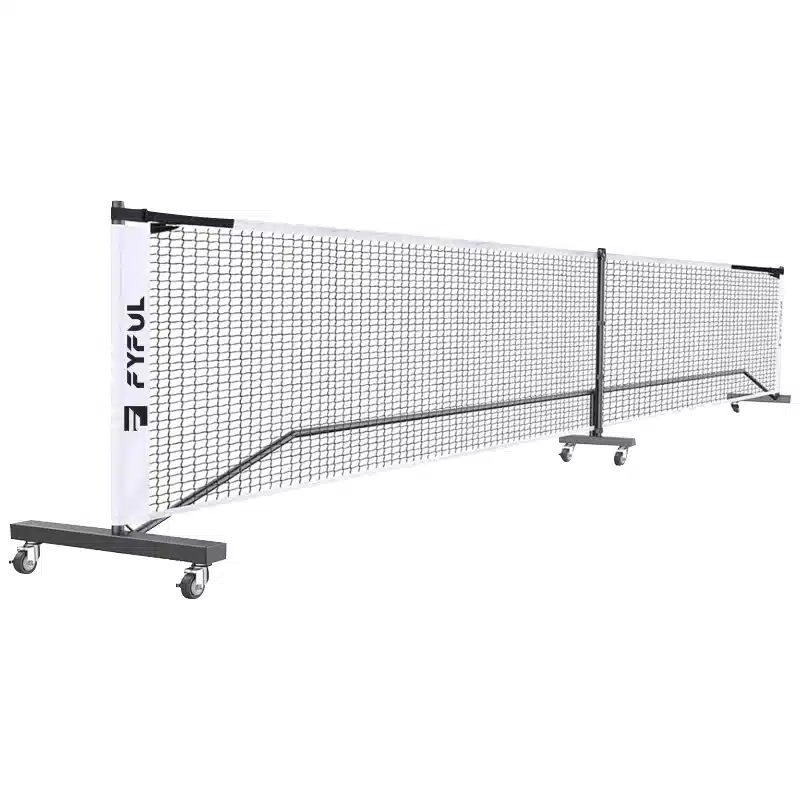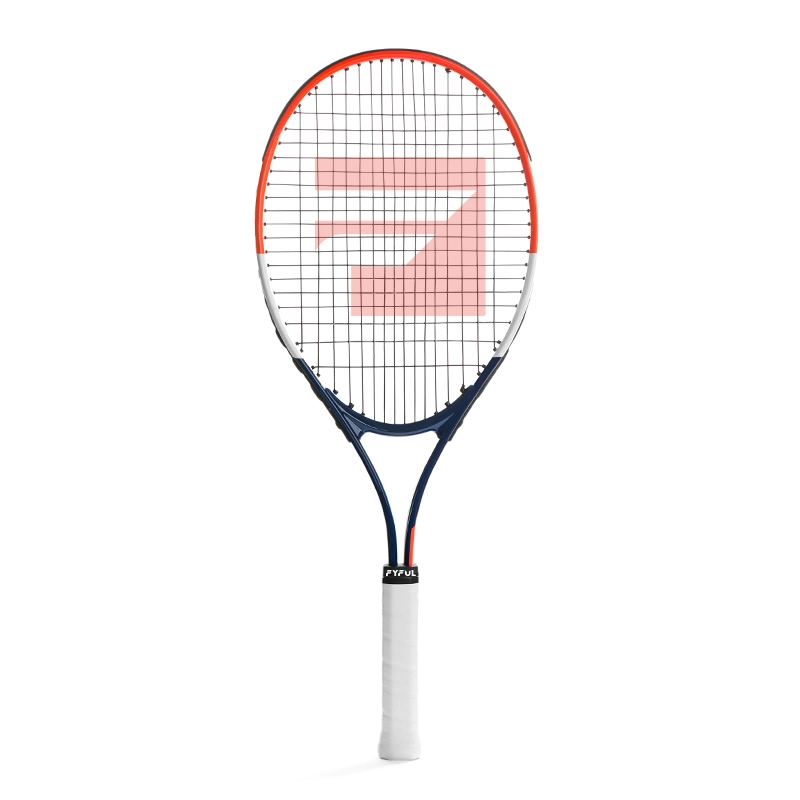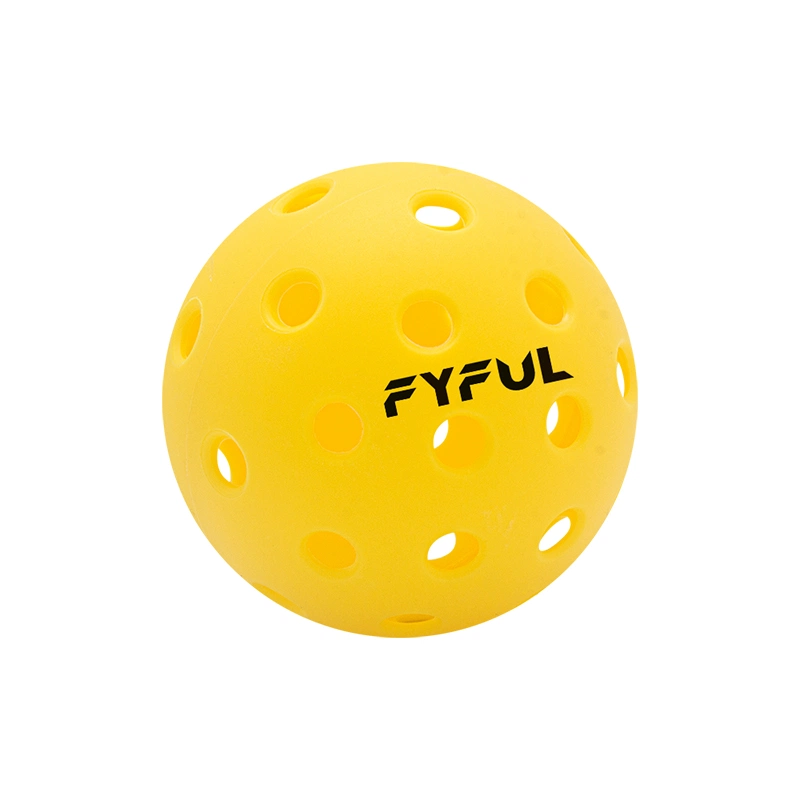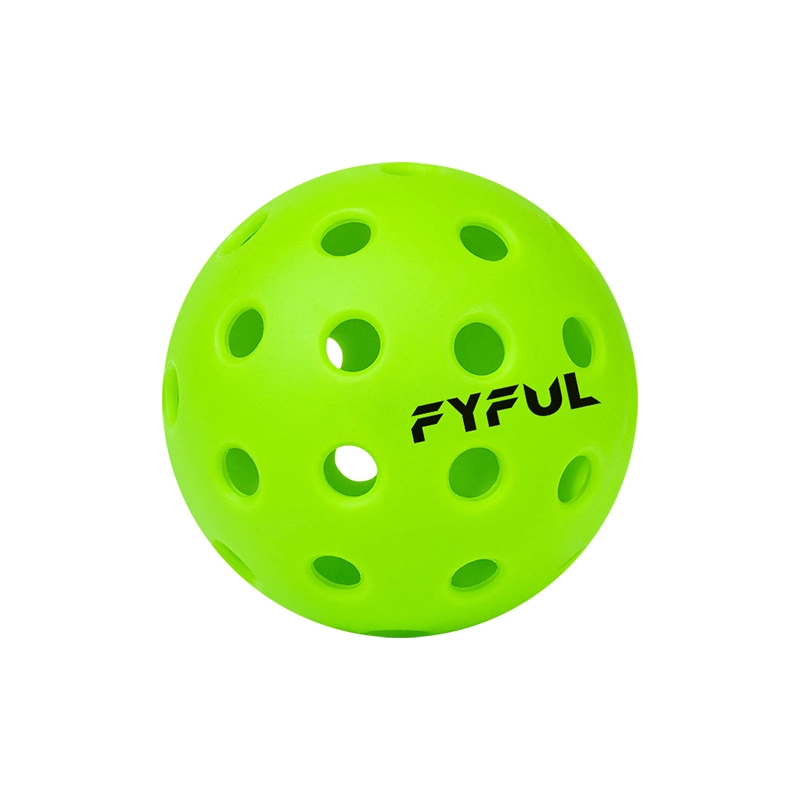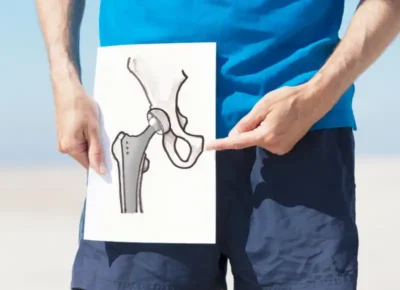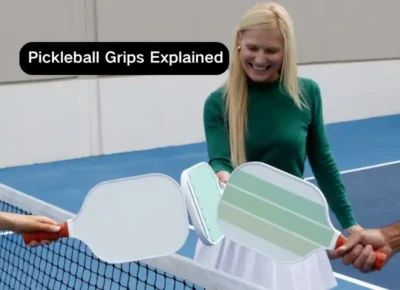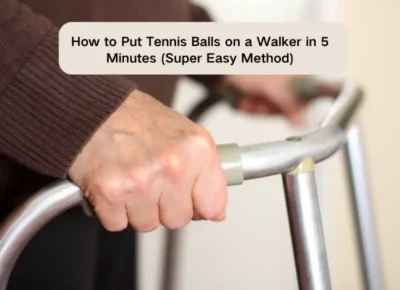Table of Contents
Pickleball, a sport that was just a retirement sport not so long ago, is turning out to be a craze not just for adults but for kids as well.
Schools have added pickleball to their physical education program, turning some tennis courts into their pickleball courts. That means the inclination towards pickleball continues to grow day by day. Pickleball is a great sport that offers several social as well as physical health benefits.
Advantages of Pickleball for Kids
One of the best things about pickleball is that it’s a low-impact sport that puts very little strain on the joints. Other sports like basketball, soccer, and football are high-intensity sports.
Pickleball is an opportunity for growth and building a strong mentality in junior players. It also keeps the kids away from the screens and improves their cognitive abilities and coordination. This makes pickleball a good game choice for kids at school.
Inclusivity:
Pickleball stands out as a sport that fosters inclusivity, making it an ideal choice for schools to introduce. Unlike many other sports, pickleball doesn’t demand special skills or innate talents. All you need is youth pickleball paddles. It welcomes players of all levels, from beginners to potential stars.
By offering such a welcoming environment, pickleball encourages kids who may not excel in traditional sports to feel empowered and successful, thus increasing their willingness to engage in physical activities.
Furthermore, the game allows older and younger children to play together without the risk of injuries, which is often a concern in other sports where size and strength matter significantly.
Strategy and Skill Development:
Pickleball combines elements of ping-pong, tennis, and chess, making it a game that heavily relies on strategic thinking rather than sheer athleticism. Players with strong critical thinking and decision-making skills can outsmart their more athletic counterparts, showcasing how brains triumph over brawn on the pickleball court.
Emphasizing strategy over physical prowess, pickleball offers a platform where children who may not excel in traditional sports can shine.
Moreover, pickleball serves as a fun avenue for improving hand-eye coordination, a vital skill applicable to various academic tasks such as reading and decoding. The game’s slower pace allows children to hone their coordination skills while enjoying the gameplay.
Unity and Community Building:
Above all, pickleball brings people together, fostering moments of laughter, discussion, and camaraderie even in the most competitive matches. Each game concludes with players coming together to acknowledge one another’s efforts, reinforcing a sense of appreciation and respect.
These social and psychological benefits of staying active, having fun, and valuing one another make pickleball a valuable addition to school activities, promoting overall well-being and unity within the school community.
How to Play Pickleball for Kids
Playing pickleball for kids follows the same basic rules as for adults, but with adjustments to equipment, court size, and perhaps simplified rules depending on the age and skill level of the children involved. Here’s a guide on how to play pickleball for kids:
Equipment:
Make sure you have the appropriate equipment for kids, including smaller paddles and low-compression balls. Kids’ paddles are typically lighter and smaller in size compared to adult paddles, making them easier for children to handle.
Basic Rules:
Teach the kids the basic rules of pickleball, such as serving, scoring, and gameplay. Simplify the rules as needed based on the ages and experience of the players. For example, you might start with just allowing underhand serves until the kids become more proficient.
Court Size:
A pickleball court is 44 by 20 feet. For better comprehension, four pickleball courts can be created on a single tennis court. You can adjust the court size according to the age and skill level of the children playing. For very young kids or beginners, you can use a smaller playing area. A half-sized court or even a badminton court can be suitable for young children to learn the basics.
Serve:
Each serving starts with the serving team hitting a pickleball with the pickleball paddles. Both teams have to let the ball bounce on their court before hitting it back over the net toward the opposite side. Allow the children to practice serving until they can consistently get the ball over the net and into the correct service court.
Volleying and Rallying:
Teach the kids how to volley and rally the ball back and forth over the net. Emphasize proper technique, such as keeping their eyes on the ball and using a controlled swing.
Scoring:
The winning team has to score a total of 11 points on average; pickleball games last up to 20-25 mins. Keep the scoring simple, especially for younger kids. You can play to a certain number of points (e.g., the first team to reach 7 or 11 points wins) or just focus on playing for fun without keeping score.
Sportsmanship:
Encourage good sportsmanship and fair play among the young players. Emphasize the importance of respecting opponents, following the rules, and congratulating each other on good shots.
Fun Activities:
Incorporate fun drills and activities to help kids develop their skills while keeping the game enjoyable. For example, you can set up targets on the court for them to aim at or play mini-games to practice specific skills like accuracy or footwork.
Supervision and Guidance:
Provide guidance and supervision as needed, especially for younger kids or beginners. Offer feedback and encouragement to help them improve their game and develop a love for pickleball.
Keep it Fun:
The most important aspect of playing pickleball for kids is to keep it fun and enjoyable. Focus on creating a positive and supportive environment where kids can learn and have fun playing the game.
How to Teach Pickleball to Kids
Here are some ways kids can learn pickleball easily and in a fun manner:
Toss and Catch
This drill for youth players focuses on fundamental skills by practicing throwing and catching the ball over the net. Players stand behind their service line, tossing the ball to each other’s half of the court and returning it over the net, emphasizing proper positioning and control coordination.
Balance The Ball
Players balance a ball on their paddles, moving back and forth without letting it fall off. This exercise enhances overall technique by teaching players how to maneuver their paddles effectively in various game situations.
Hit The Target
Players work on improving shot accuracy by aiming at designated targets on the court. Using cones, chairs, or other objects, players practice hitting the ball toward these targets from different angles, refining their aim, power, and precision with each shot.
Practice Serving
The Practice Serving drill introduces players to serving techniques. Players take turns standing behind the service line, serving to their opponent’s half of the court. Starting with basic serves like underhand and forehand, players progress to more advanced techniques such as slice or topspin, honing their serving skills with power leveraging weight for competitive play.
This skill also depends upon the pickleball paddle being light weight and the grip size being correct for the younger players.
Practice Rallies
This drill focuses on rallying skills, essential for successful gameplay. Players stand on their respective sides of the court, hitting the ball back and forth over the net without allowing it to bounce more than once on either side.
Implementing these drills into pickleball training sessions for kids not only enhances their skills, power and techniques but also fosters a love for the game by making learning fun and interactive.
Source: @ Selkirk TV
How to Choose Pickleball Paddles for Kids
Choosing pickleball paddles for kids involves considering factors such as paddle weight, grip size, paddle length, and material. Here’s a guide to help choose the right pickleball paddle for kids:
Paddle Weight:
Lighter paddles are generally more suitable for young players as they are easier to maneuver and control. Look for paddles weighing between 6 to 8 ounces. A set of pickleball paddles for kids is required that can be bought from pickleball manufacturers such as fyful.com, which sells the best kids pickleball paddle.
Grip Size:
Choose a paddle with a smaller grip size that fits comfortably in kids’ hands. Paddles with smaller grip sizes are usually better for kids. They should be able to hold the paddle comfortably without straining their hand.
Paddle Length:
Pickleball paddles come in different lengths. For kids, it’s generally recommended to choose a shorter paddle, as it allows for better control and maneuverability. A standard paddle length for kids ranges from 15.5 to 17 inches.
Material:
Pickleball paddles are made from various materials, including wood, composite, and graphite. Composite and graphite paddles are lighter and offer better performance compared to wooden paddles. They also provide more power and control, which can be beneficial for kids as they improve their skills. However, wooden paddles can be a good choice for beginners or very young children due to their durability and affordability.
Paddle Face:
The surface of the paddle, known as the face, can vary in texture and material. Some paddles have a smooth surface, while others have a textured or rough surface. Beginners might find a smooth surface easier to control, while more advanced players might prefer the extra spin and control offered by a textured surface.
Check for USAPA Approval:
Ensure that the paddle is approved by the USA Pickleball Association (USAPA). Approved paddles meet certain standards regarding materials, dimensions, and performance.
By considering these paddle specs and involving kids in the selection process, you can find a pickleball paddle that suits their needs and helps them enjoy the game to the fullest.
Acquiring pickleball equipment such as kids’ pickleball paddles with polymer core, balls, and nets has never been easier, thanks to Fyful. We offer wholesale pickleball equipment for schools, with the option of choosing polypropylene honeycomb core, aluminum core, and wooden core. We offer a wide selection of high-quality pickleball paddles with the correct grip size, grip circumference, handle length, and paddle length, ensuring that kids can easily access everything they need to start playing pickleball together.
Fyful helps pickleball enthusiasts obtain pickleball essentials like pickleball paddles, allowing families and students to focus on enjoying the game and creating lasting memories together. Just go to the website and enter your requirements, and you’ll be contacted within a short period of time to fulfill your equipment needs in high-quality materials.
Conclusion
Pickleball is a sport for players of all ages and skill levels, whether you are a senior player or a junior player. Its low-impact nature and adaptability make it perfect for everyone, promoting physical health, social interaction, and fun across generations.
It offers a versatile experience suitable for kids both indoors and outdoors, making it an excellent choice for year-round play regardless of the weather.
As a family or school-level sport, pickleball is not only enjoyable but also affordable, requiring minimal investment, like junior paddles for younger players and average-sized pickleball paddles for mid-sized kids. Its accessibility ensures that kids can enjoy quality time together while staying active, regardless of seasonal changes.
So, next time boredom strikes, consider inviting kids for a game of pickleball. It’s an opportunity to have fun, bond, and stay fit simultaneously!



